Whole grains are essential to a healthy, balanced diet. They are packed with nutrients and are associated with decreased risk of many diseases.
What is Whole Grain?
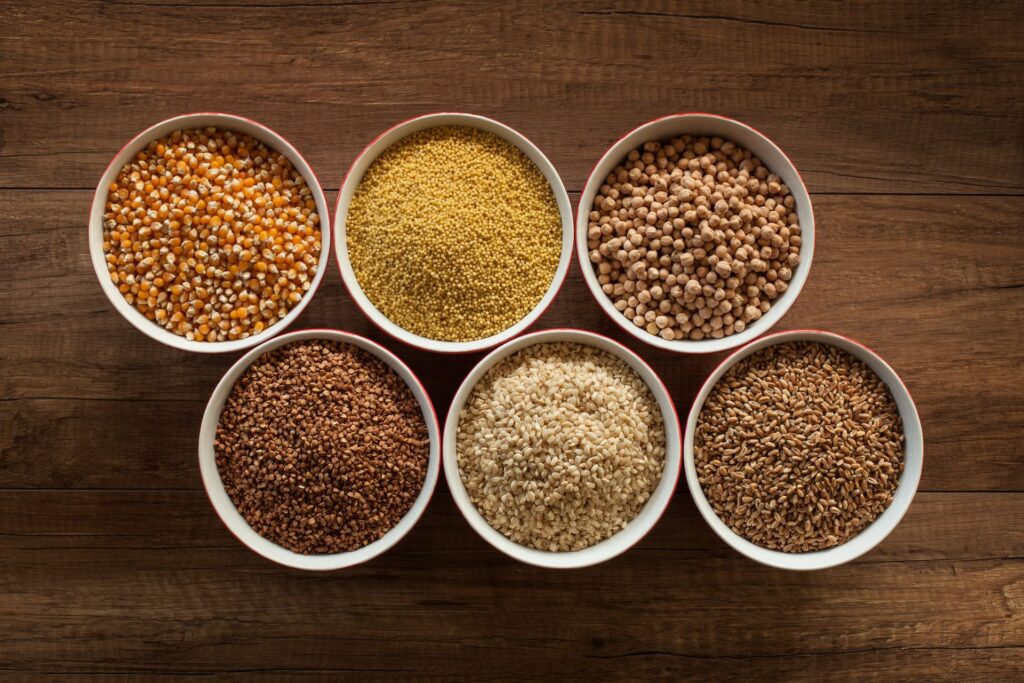
Whole grain is a grain that retains all its edible parts, the bran, the endosperm and the germ.
- – The bran is the external layer of the grain. It contains minerals, b vitamins and fiber.
- – The endosperm is the middle layer and the biggest part of the grain. It contains carbohydrates, vitamins and some proteins.
- – The germ is the core of the grain. It’s rich in b vitamins, vitamin E, healthy fats.
Whole grains are the source of good quality carbohydrates. They provide the energy that the body needs to complete its vital functions.
Whole grains have usually brown or darker color in opposition to refined grains. These are milled grains that have their bran and germ removed, hence the white aspect of these grains.
How much whole grains do we need?
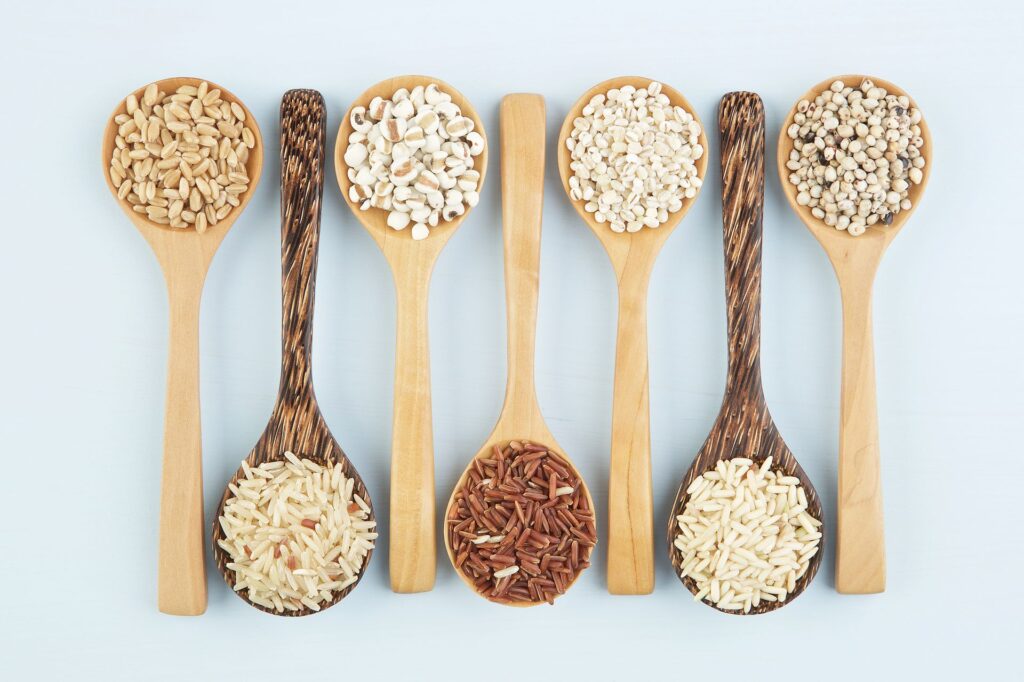
Whole grains are an important source of carbohydrates. The needs of carbs vary based on age, gender, and physical activity.
According to the USDA recommendations, an adult should eat around 6 ounces of grains per day. One ounce is equal to 1 cup of cold cereal, 1/2 cup of cooked grains or hot cereal, or one slice of bread. The plate method saves you the hustle of counting and measuring. Make whole grains the 1/4 of your plate and you’ll be all good.
Whole grain excess
Whole grains are rich in fiber, which make them have a high satiety/fullness effect. So when you are eating a whole grain based food, you are unlikely to have too much of it. Be aware of cooking method and added ingredients like sugar, salt and fat. Deep fried whole grain bread with sugar sprinkles might not be the healthiest choice and you should eat them in moderation.
Whole grain deficiency
Restrictive diets claiming a solution for weight loss tend to cut on carbohydrates, including whole grains. More often, carbs in these diets are replaced with fats and proteins from foods like meat, butter, and cheese. The result is a fiber poor and less healthy fats diet that increases the risk of health issues. Before adopting any restrictive diet, make sure to get the advice of a health professional.
What are the benefits of whole grains?

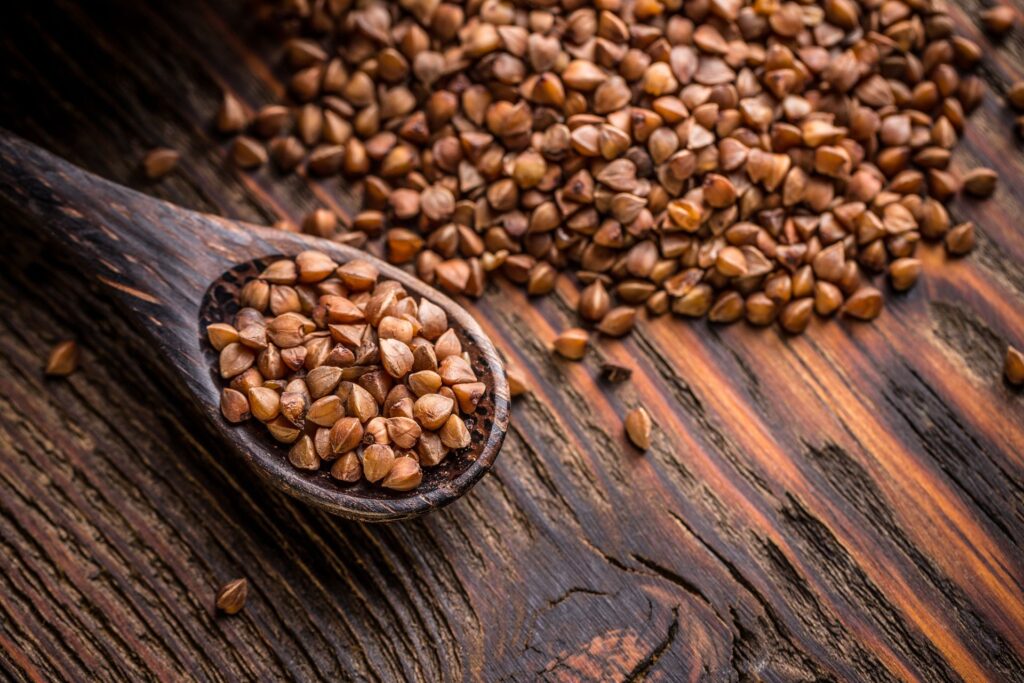
Whole grains are loaded with nutrients that are proven to have health benefits. They are associated with reduced risk of some chronic diseases when part of a healthy lifestyle.
- – Diabetes prevention and management: whole grains are associated with reduced risk of type 2 diabetes. The fiber in the grains slows the breakdown of carbs, maintaining a steady level of blood glucose and preventing spikes.
- – Heart disease prevention: Eating Whole grains reduces cholesterol levels hence associated with reduced risk of cardiovascular disease.
- – Improved digestion: Eating whole grain foods promotes digestive health. Fiber in whole grains improves bowel movements and helps with constipation. Fiber is also a fuel for beneficial gut bacteria, resulting in healthier gut microbiome and healthier digestive system.
- – Weight management: High intakes of whole grains as part of a healthy balanced lifestyle may be associated with improvements in body weight.
- – Proteins: Whole grains are a good source of protein. When on a plant-based diet, whole grain consumption helps with protein complementarity.
Whole Grains in the Plate Method
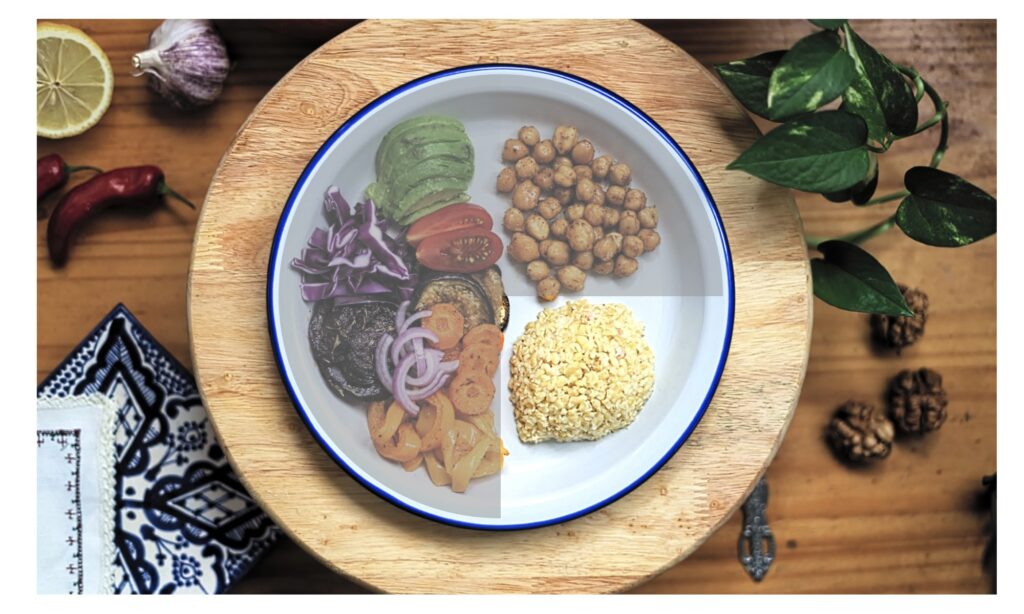
The plate method is a visual dietary guideline for a balanced diet. It is composed of proteins, whole grains, vegetables, and fruits. The whole grains part represents 1/4 of the plate. Recommended whole grains in the plate method include:
– Cereal grains such as brown rice, wild rice, oats, barley, bulgur, millet, and corn.
– Pseudocereal or non-cereal grains such as quinoa, amaranth, and buckwheat. These are gluten-free and high in protein.
Whole grain pasta and whole grain bread, whole grain couscous: when choosing packaged food stamped “Whole grain”, make sure to read the labels. These foods may contain added sugar, salt and fats. Also, be aware of “mixed grains” packages, as they may contain refined grains.
JustaPlate is a meal tracker app based on the plate method. It available for both iOS and android.
If you are seeking to improve your eating habits, download JustaPlate today. Start your meal tracking journey toward a healthier lifestyle.
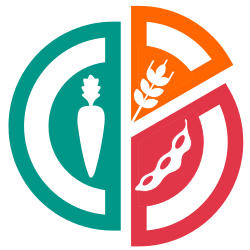
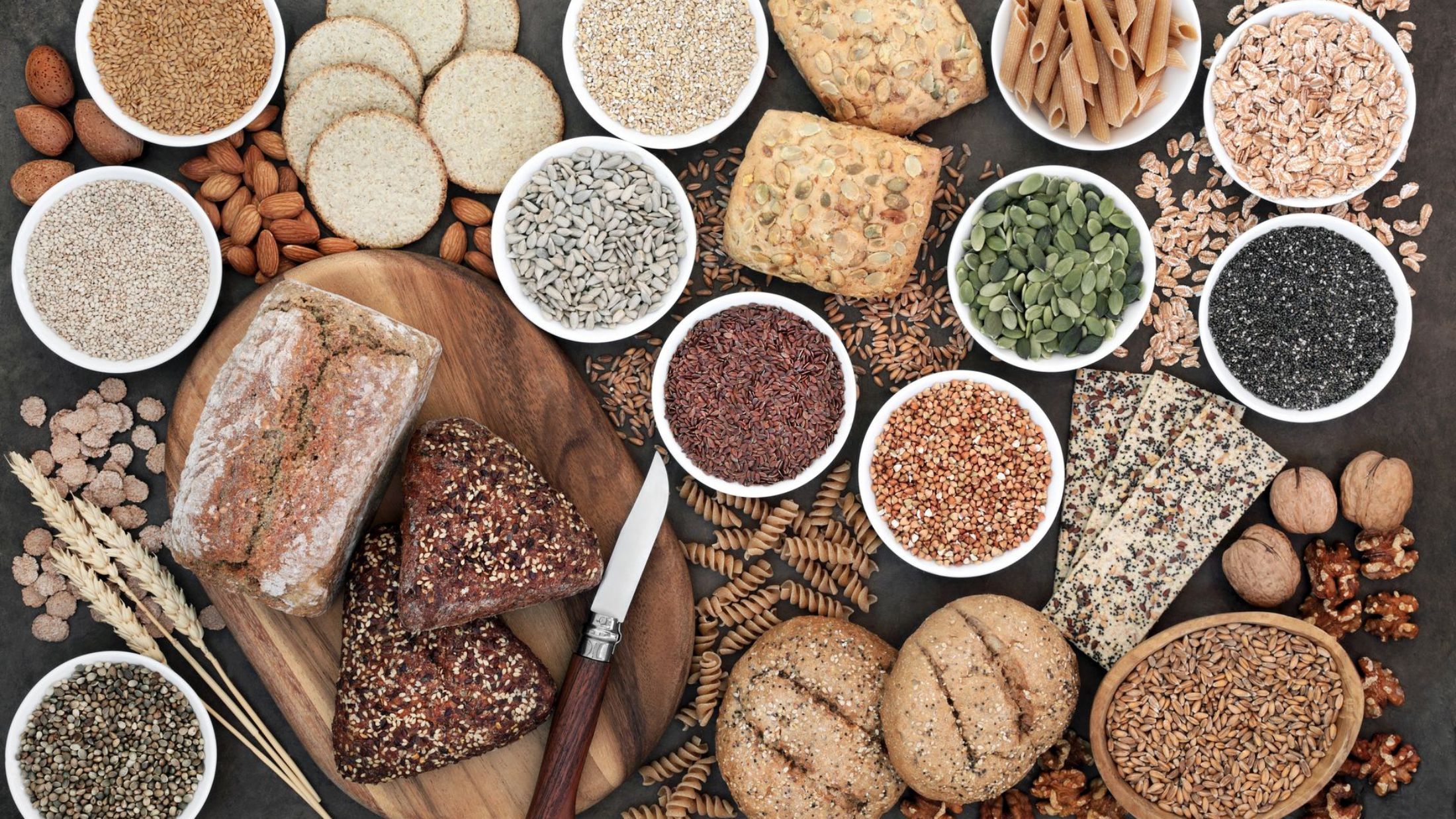


Leave a Reply